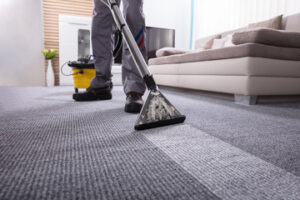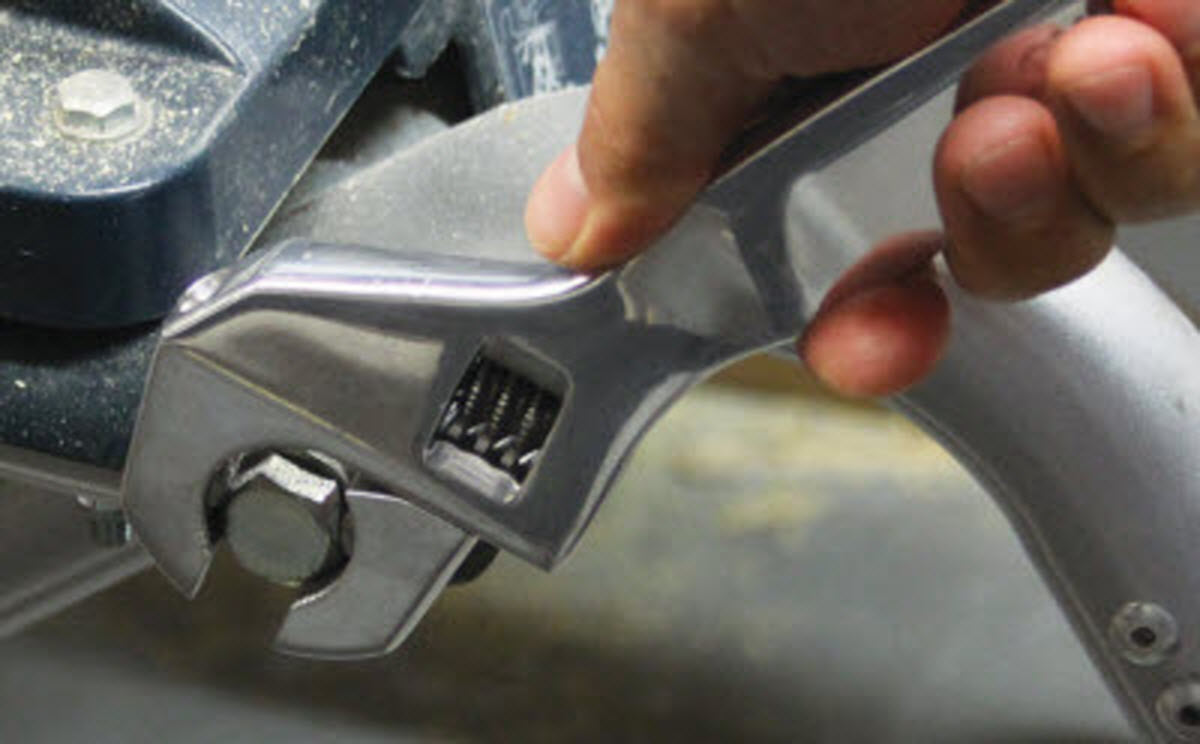If you’re having trouble with your air conditioning, it’s important to seek prompt repair services. This will help you avoid expensive repairs and save money in the long run.

A well-functioning AC system maintains consistent temperatures throughout the home. Prompt air conditioning repair also prevents energy waste, cutting down on your electricity bill. Reach out to Air Conditioning Repair Round Rock TX for expert assistance.
The thermostat is essentially the brains of your air conditioning system, where you can set the exact temperature you want your AC to activate at. However, when this part of your system becomes faulty, you can experience multiple problems with your home’s cooling efficiency. If you’re experiencing these issues, it may be time to contact a Toronto HVAC technician for a thermostat repair service.
One of the most common problems with thermostats is that they become powerless due to dead batteries. Fortunately, this is a simple fix that only requires a replacement of the battery. However, before you do so, it’s important to consult the thermostat’s user manual for detailed instructions on how to remove and replace the old battery.
Other thermostat issues include sensor malfunctions and inaccurate temperature readings. The latter can be a result of dirt and dust buildup that interferes with the sensors ability to accurately gauge your home’s ambient temperature. In many cases, you can solve this issue by removing the thermostat from its wall and cleaning off accumulated debris with a cloth or brush. You can also try relocating the sensor to an area that is more representative of your home’s ambient temperature.
Another potential cause of an unresponsive thermostat is a tripped circuit breaker. This is an easy problem to resolve, as all you need to do is locate your electrical panel and find the breaker that supplies power to your thermostat. Once you’ve found it, simply switch it back to the “on” position.
If you’re still experiencing problems with your thermostat after switching the breaker to the “on” position, it may be a sign that your thermostat is exhibiting signs of wear and tear. If this is the case, it’s best to replace your thermostat with a new model that is more energy efficient and has programmable features you can control remotely. AHWA can help you select the right thermostat for your home and professionally install it. Then you’ll be able to enjoy your home’s cool comfort without worrying about frequent air conditioner repair services.
Clogged Evaporator Coil
A dirty evaporator coil is one of the most common issues that can affect your AC. It is the component that absorbs heat from the air in your home and then converts it into a gas. It is very important that you keep this component clean in order to ensure that your system works efficiently.
The evaporator coil is very sensitive to dirt, dust and pollutants. When they enter the coil, they stick to it and become embedded in the surface. Over time, this can create a layer of debris that blocks the heat transfer process. This can result in ice buildup on the coil, and it can cause a number of other problems, including low refrigerant levels, high energy consumption, lowered cooling capacity, poor dehumidification and even high operating temperatures and pressures.
Dirty evaporator coils can also be a source of unpleasant odors in your home. The organic material that becomes trapped in the coil can decay and produce foul odors that are circulated throughout your home by the air conditioner. These odors can range from musty to rotten, and they can be very irritating.
When the evaporator coil is dirty, moisture and dirt can get into the condensate drain line, and then cause a clog. The clog will prevent the water from properly exiting the coil and can cause serious damage to your unit. This can also lead to high humidity in your home and moldy odors.
To avoid a clogged evaporator coil, it is best to have your coils cleaned on a regular basis by a professional. This will help to ensure that the evaporator coil is not blocked and that your air conditioner can continue to work efficiently. It is also a good idea to change your air filter regularly, to keep it clean and free of debris that could block the flow of heat. Make sure that you turn off your power to your air conditioning unit before opening up the access panel and removing the coil, and use a vacuum attachment or brush to remove any dirt, dust or grime from the coils.
Faulty Compressor
The compressor is a very reliable part of your system that can last up to 15 years or more, depending on how well it’s maintained. Despite this, there are a number of issues that can arise with your air conditioning compressor that are fairly easy to spot and should be addressed as soon as possible to avoid costly repairs down the road.
Loud noises or chemical leaks are some of the most obvious signs that your compressor is going bad, but there are also more subtle symptoms to look out for. One of the first signs is a loss of efficiency in your cooling system, as the compressor will have to work harder to achieve the same results. This will cause it to run hotter than normal, leading to premature wear and eventual failure.
Another sign is a sudden increase in your electric bill. The compressor will have to work twice as hard to cool the home, which means that it will use more energy. This will result in a higher than usual electricity bill, which is an indicator that it’s time to call an AC repair technician and have the compressor checked out.
A faulty compressor can be caused by a number of things, including not charging the system properly or by allowing contaminants into the machine. A lack of refrigerant can lead to overheating and a number of other problems, while contamination from dirt, debris, bugs, bird droppings, or acid can damage the compressor’s internal components and shorten its lifespan.
In addition, it’s important to ensure that the compressor is properly lubricated. If the lubricant levels are low, it can cause the compressor to strain and eventually fail. This is why regular lubrication is important, as well as following proper maintenance procedures. If your compressor fails, you will need to replace it. However, a frequent failure may indicate that something else inside the system is wrong and needs to be replaced as well. Typically, this will involve the circuit breaker that controls the system. To check for this, find the box in your house that houses your circuit breaker and locate the AC breaker. Click it to the “off” position, then try to start your air conditioner again.
Failed Contactor
The contactor is a crucial part of the air conditioning unit. It controls the flow of electricity to different parts of the appliance and stops it when it’s not needed. It’s made of a pair of latching electrical contacts that open and close. They’re similar to a drawbridge that opens and closes to let water flow into a river or break the current to stop the machine from running. When they start to wear down or stick in one position, your AC will not operate as it should.
A faulty contactor is not always easy to diagnose and can lead to multiple issues. For example, you may hear a clicking noise coming from the contactor even when it’s turned off. This is caused by the contactor opening and closing too rapidly, as a result of electrical problems.
You might also notice that your AC hums or does not activate at all. Another sign of a faulty contactor is that it blocks power from flowing into your appliance. You’ll be able to see physical damage on the contactor by looking for signs of melted spots, burnt marks or corrosion.
Over time, your contactor’s electrical contacts can corrode due to exposure to oxygen and other chemicals or decrease in size by constantly rubbing together. These problems will cause the contactor to arc, producing bright orange or bluish-white sparks of electric discharge that appear in a split-second. The arcs can melt the wire insulation and create short circuits, which will also prevent your AC from turning on and off as it should.
To fix the problem, shut off the power to your appliance at the thermostat AND breaker level. Once the power is off, you can reach the condenser unit and remove its side cover with a screwdriver. You’ll find a black rectangle on the side of the unit connected to the wires. Take a picture of the wiring and contactor before removing it to help you reconnect it correctly when you replace it. Be sure to buy a replacement contactor that matches the specifications of your old one to avoid any issues in the future.

